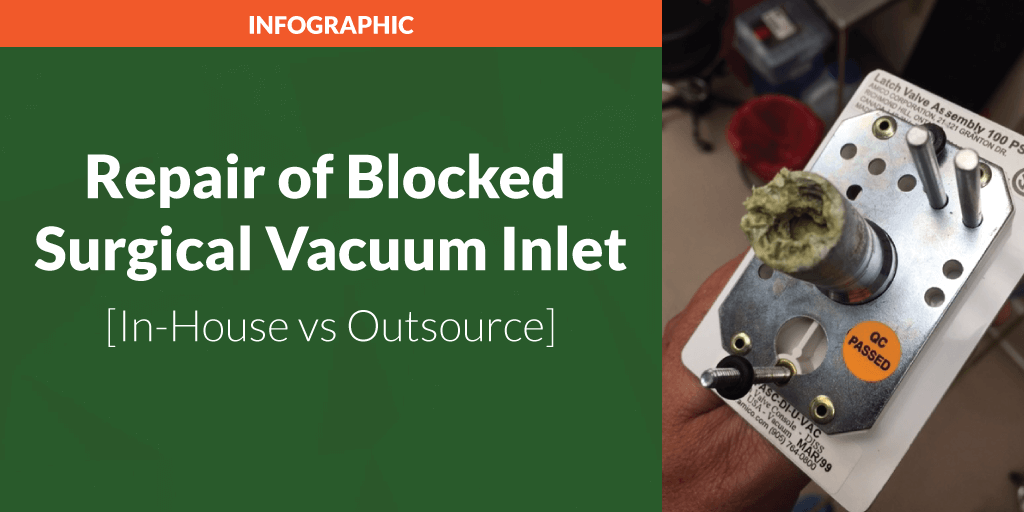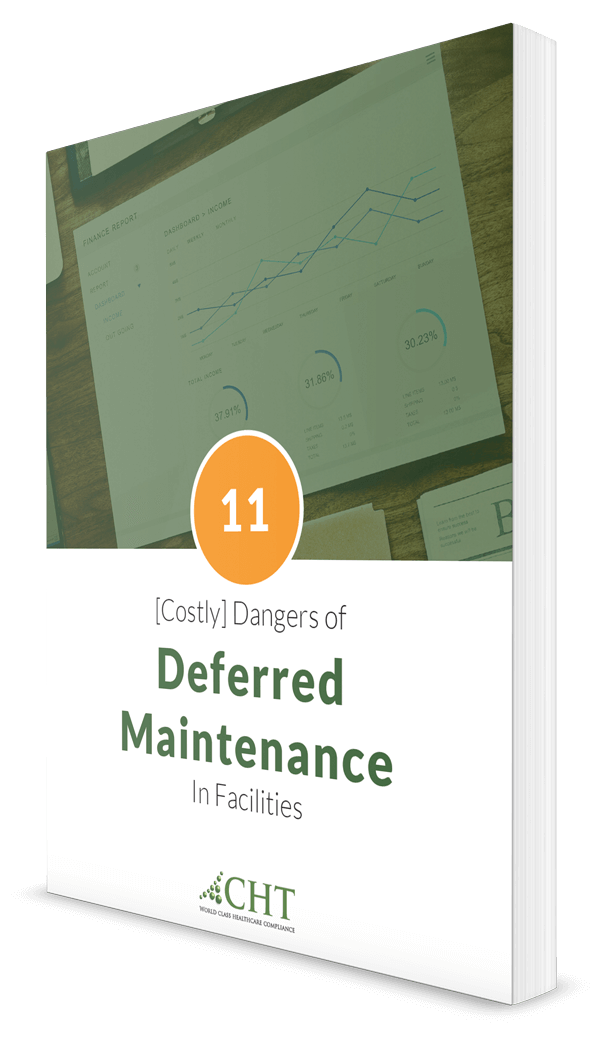
Healthcare providers are responsible for ensuring medical gas and vacuum systems provide a safe and effective setup with a sufficient flow of gas or vacuum. The medical-surgical vacuum system is comprised of the vacuum central supply source system, the pipeline distribution network, and station inlets.
Medical-Surgical Vacuum is available from wall inlets located throughout your healthcare facility. It is critical for patient care and safety. Because of its importance, routine inspection and maintenance are a must to manage its operation effectively.

NFPA 99, 2012 5.1.14.4.7 (3) states that a facility shall establish procedures for a “Maintenance program for both the medical-surgical vacuum piping system and the secondary equipment attached to medical-surgical vacuum station inlets to ensure the continued good performance of the entire medical-surgical vacuum system.” This section of NFPA 99 applies to both new and existing healthcare construction.
If not addressed appropriately, the in-house repair of a blocked or leaking vacuum inlet can become time intensive and inefficient.
Let's look at a step-by-step process of an in-house repair of a faulty vacuum inlet versus outsourcing.

10 Steps to In-House Repair of Blocked Vacuum Inlet
- Facility staff, qualified under the requirements of NFPA 99 5.1.14.2.2.5, shall identify and document the faulty condition.
- Label inlet as faulty and remove from service if determined to compromise patient or staff safety.
- Review the emergency action plan and or perform a risk assessment to determine an alternate vacuum supply.
- Determine Make/Model and type of parts required. This may require disassembly of the primary valve if the inlet has been previously retrofitted from an older model.
- Obtain a purchase order and wait for part(s) delivery.
- Coordinate repair schedule with maintenance, clinical staff, respiratory therapy, environmental services or any additional applicable staff. Care should be taken if a shutdown is required, to ensure no negative consequences within the zone.
- A qualified individual makes the repair.
- Station inlet is inspected and tested per NFPA 99, 2012 5.1.14.4.9. Test equipment shall be properly calibrated and appropriate for the gas content.
- Repair and test results are documented.
- Inlet/zone is returned to normal service.
3 Steps to Outsource Repair of Blocked Vacuum Inlet
- Call CHT 24/7/365 by phone or click on the service alert button on the website.
- Approve the job and agree on a time for repair.
- Keep the rest of the hospital running smoothly while CHT coordinates and completes the repair. All required documentation is recorded electronically within the Vitaleyez™ Program.




